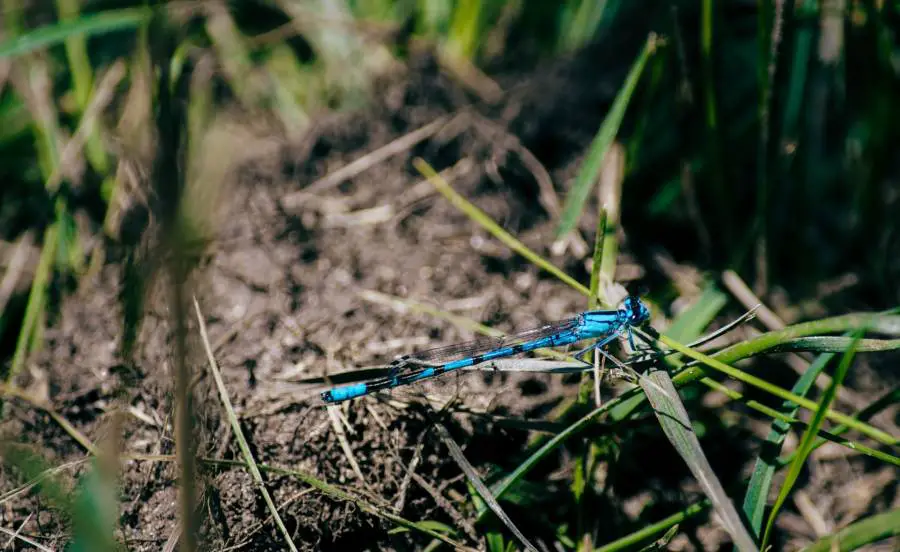Table of Contents
A homemade wire trencher is a tool that you can use to make trenches for wiring.
Instead of using your hands, you have something that can make the work more accessible and more professional.
You can dig trenches and holes even in frozen ground. And it does not leave too much mess behind.
However, a wire trencher can be a bit costly. Besides, it’s not something that you will be using every day.

Luckily, you can easily make one from available materials at home.
Considerations
Before making the wire trencher, there are several things you need to put in mind. They include the following:
Electric Standards For Buried Cable
You are thinking about a wire trencher to build wiring trenches. In that case, you must understand the national electric standards for buried cables.
You can inquire at your local municipality for this information.
The general rules are:
- Exposed or burred cable must be well selected for its application. The most used nonmetallic wire is the UF cable. It’s most applicable for residential outdoor wiring jobs.
- One can directly bury a UF cable with at least 24-inches of earth cover. That means any cables buried without conduit must be at a minimum of 24-inches underground.
- Any wiring buried in rigid metal (RMC) or intermediate metal (IMC) conduit must cover at least 6-inches of the earth.
- For PVC conduit wiring, the buried wire must be at least 18-inches underground.
These safety regulations must be followed while making the trenches. Hence, you need to adjust your trencher appropriately.
Tiller-Attached Vs. Hand-Pulled Trencher
You can have a homemade trencher attached to the tiller or a hand-pulled one. An attached tiller allows you to dig trenches and holes in your garden.
It is like a compact excavator that is easy to maneuver.
Attached trenchers tend to work faster. They are also sturdier in terms of performance.
But they are pretty heavy.
A hand-held trencher is the best for wiring in the garden. You can safely dig underground cables without destroying your lawn.
And that is what makes such machines more application.
When designing your trencher, you need to consider how you will be using it. You don’t want a device that is too heavy that you won’t manage to make the best trenches.
Do You Need A Trencher?
This consideration may seem simple but very crucial. It’s possible to dig trenches by hand.
But it’s more profitable, both in time and money, to use a piece of specialized equipment.
Here are some reasons why:
- The trench turns out narrow, deep, and with great edges. With a wire trencher, there will not even be evidence that someone dug there.
- The quality and efficiency of your device are not affected by the density of the ground. An excellent DIY wire trencher will do the job effectively.
- You don’t need to excavate too much soil. It is the beauty of using a wire trencher. You won’t be digging out the soil but digging through it.
- This method offers the highest performance.
- A homemade wire trencher is the most affordable trenching and wiring method.
So, if you were still wondering why you should make a wire trencher, you have your answer. But that is if you can design and make something good.
A Step-By-Step Guide To Making A Wire Trencher
Perhaps you want to bury an electric cable in your child’s playhouse. But you don’t want to destroy the lawn.
Nothing on the market at a reasonable price will help you achieve your goal.
You can build one.
Materials
For this task, you will need:
- Short, thick scrap steel at an angle
- Square steel tubing
- A welder
- A horizontal tube
- A curved 1-inch dia tube clamps
- Some safety equipment like gloves
- A cable-laying pipe
- A receive hitch pipe
Method 1
Step 1: Welding The Scrap Metal
Use your welder to weld the short, 1-inch thick scrap steel to the steel tubing. Ensure these parts are well welded to keep them from separating.
The scrap steel must be at an angle to the square steel.
Weld the top side of the tubing to another horizontal tube. Ensure it fits perfectly into the receiver hitch.
The hitch mounts on the steel bracket that fastens to your tractor’s hitch; make sure it comes with the correct measurements.
Weld a ¼-inch thick “cutting edge” to the front of your trencher. Note that curved 1-inch tube clamps behind it.
Then, it feeds the cable down to the trench’s bottom.
Step 2: Setting The Trencher In Place
A homemade wire trencher can be pretty easy to make. But you must be very careful to get every part right.
Setting it in place is as essential as designing one. In this case, start by keeping the cable spool a vertical pipe that attaches to the loader’s bucket.
The bucket must be kept high in the air.
The cable is dropped from the spool, back to your tractor, and through the trencher with a knife that cuts through the soil first.
The forward-moving of your tractor will then suck it down into the ground.
This piece may be a small trencher. But it can take anything your tractor feeds it with.
Step 3: Put Your Trencher To The Test
You now have your wire trencher ready for use. Follow the instructions in step 2 and give your machine some trial.
Ensure you try it first in a place that will not be an issue if you dig some ground. You can make the necessary adjustments before putting it into a real job.
Method 2
You can also make a wire trencher using your old edger. You will need to use a trench blade instead of the edger’s blade.
By changing the blade, you can convert the edger into a mini-trencher. And the process is relatively easy.
Step 1
Tilt your edger to lie on the side. It will let you access the cutting blade.
Now, wedge a scrap piece of wood between the body and the blades.
Step 2
Unlock the blade. Turn the nut securing the blade in an anti-clockwise motion using your wrench. Remove the blade.
Step 3
Fix the new blade to the spindle. Ensure that the blade is facing in the right direction.
It will not work well if you install it facing backward.
Step 4
It’s time to check the position of the new blade. Lower the edger and check the carbide teeth on the blade.
It should be the only part touching the ground. Now you can tighten the nut to keep the blade securely in place.
Step 5
Set your edger’s blade to the lowest setup. Run it over the ground where you want to trench.
Conclusion
A homemade wire trencher can come in handy when you want to lay some wiring work.
You can avoid making too much mess on your lawn as you would with your hands.
It would be best if you built your extra trencher sturdy. There is some force acting on it backward.
It can break a poorly done trencher.
Also, consider carefully the cables you are burying. Low voltage wires may only require 6-inches of earth over them.
Something more powerful will require a deeper trench.









